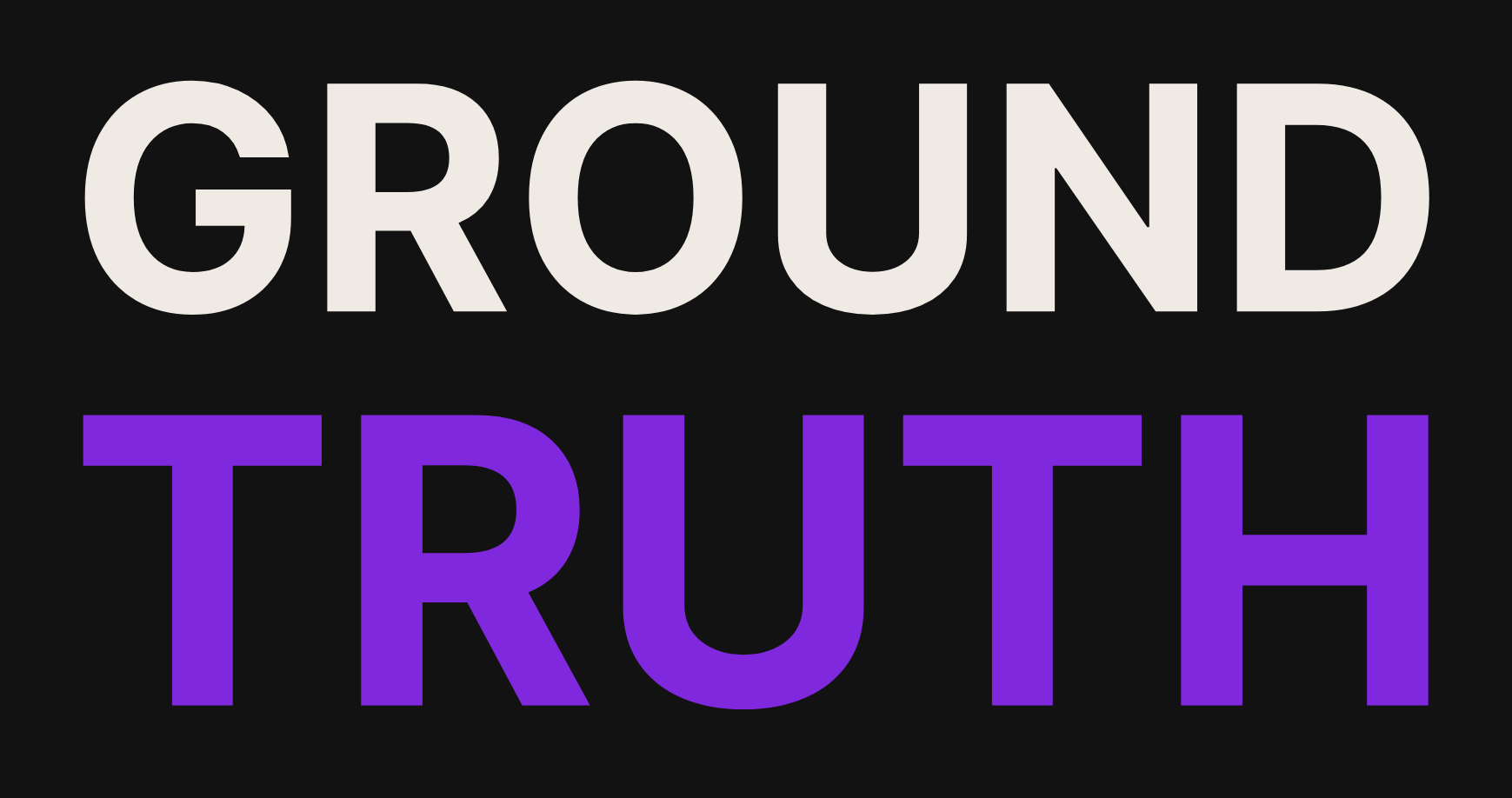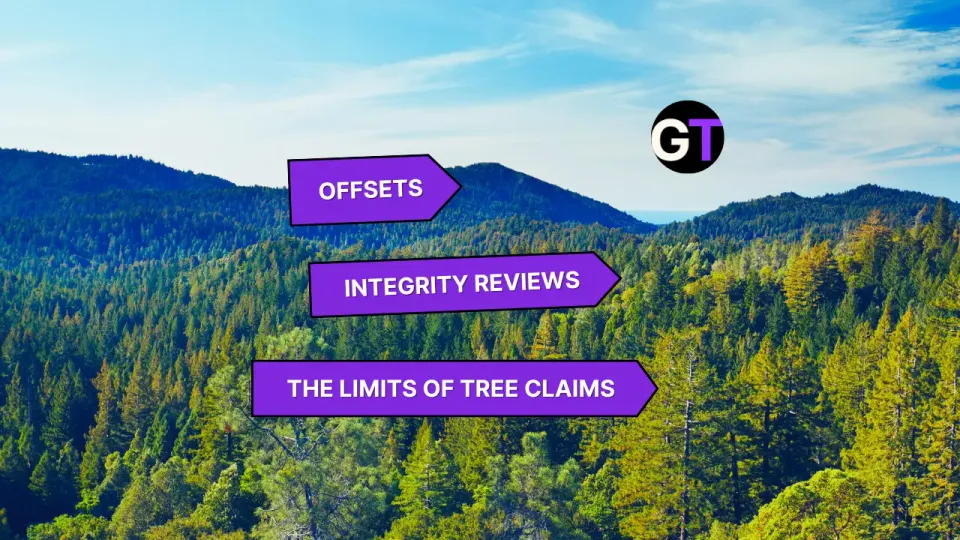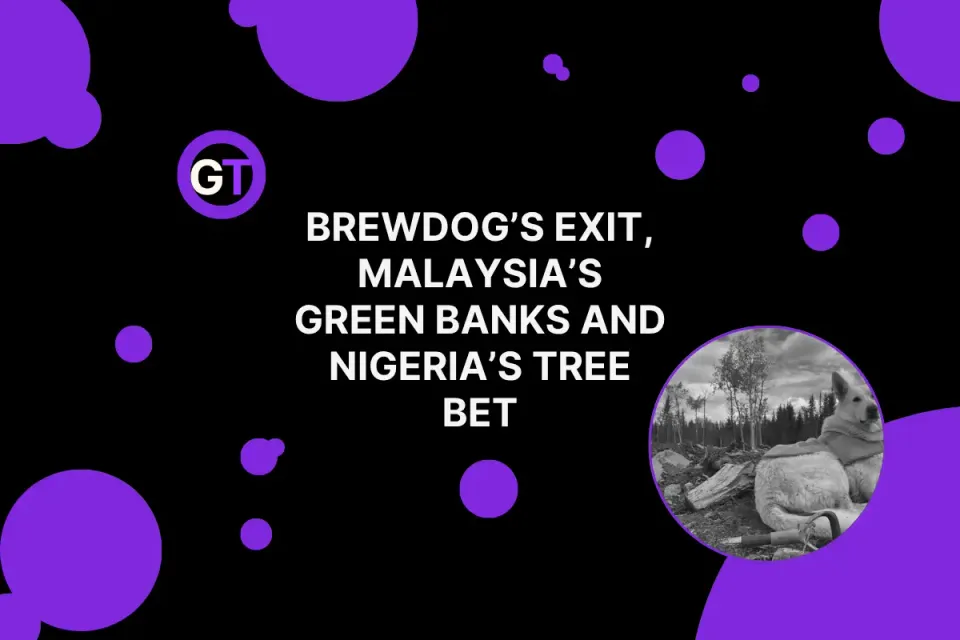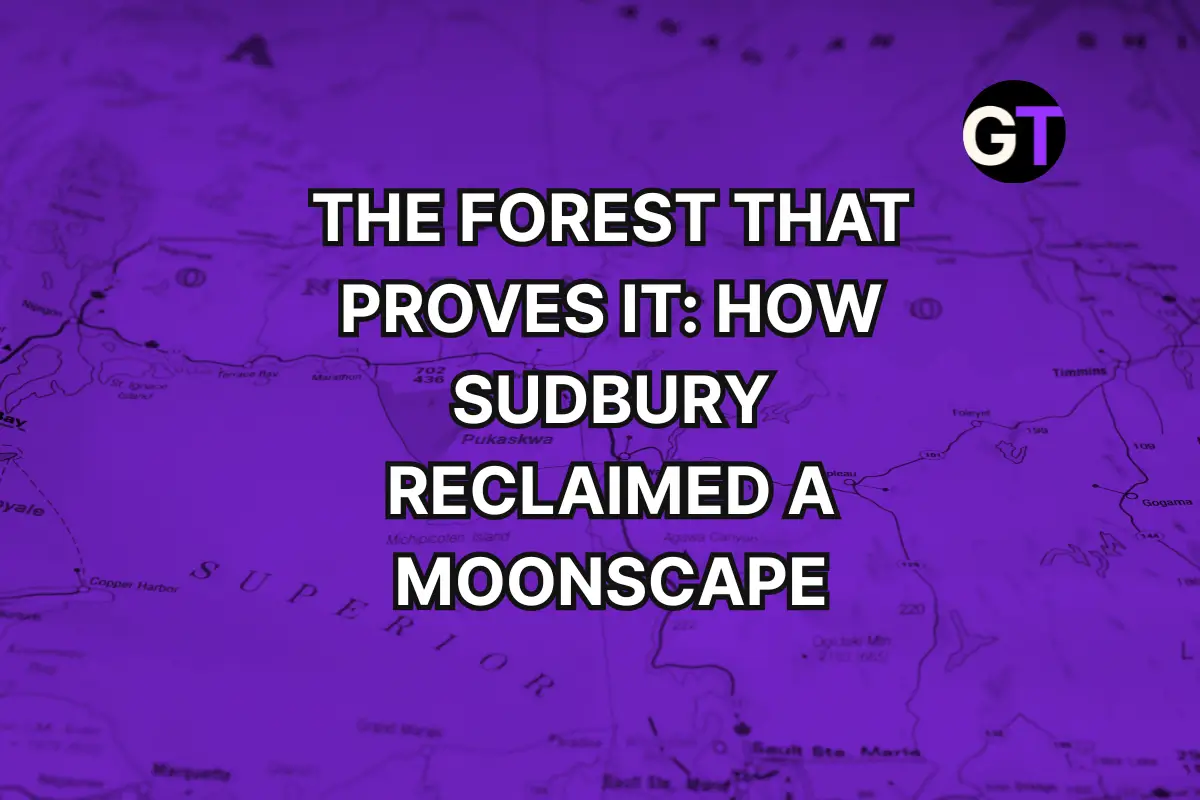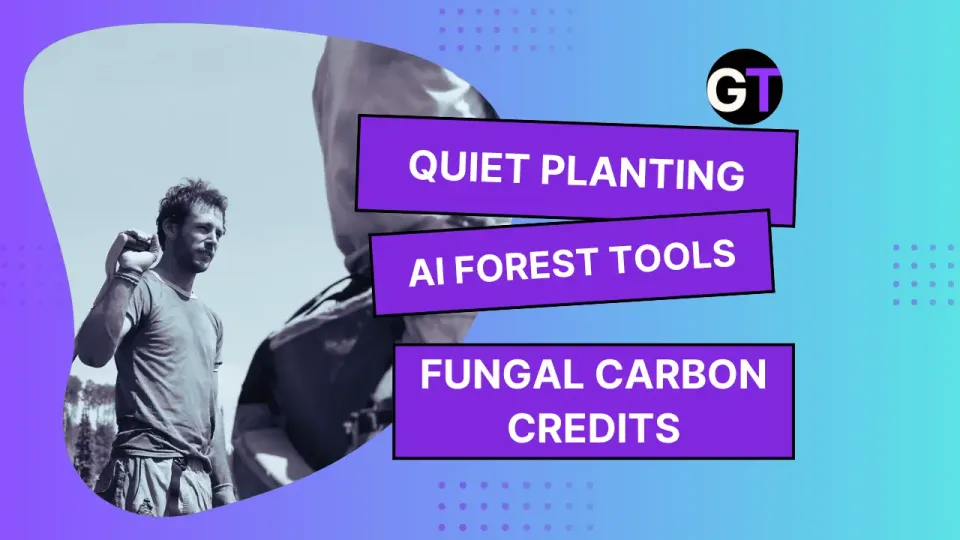Mapping the 2BT Program: Insights and Opportunities
Who’s planting the most trees, restoring the most land, or aiding First Nations? 2BT transparency can unlocks these answers—and more.
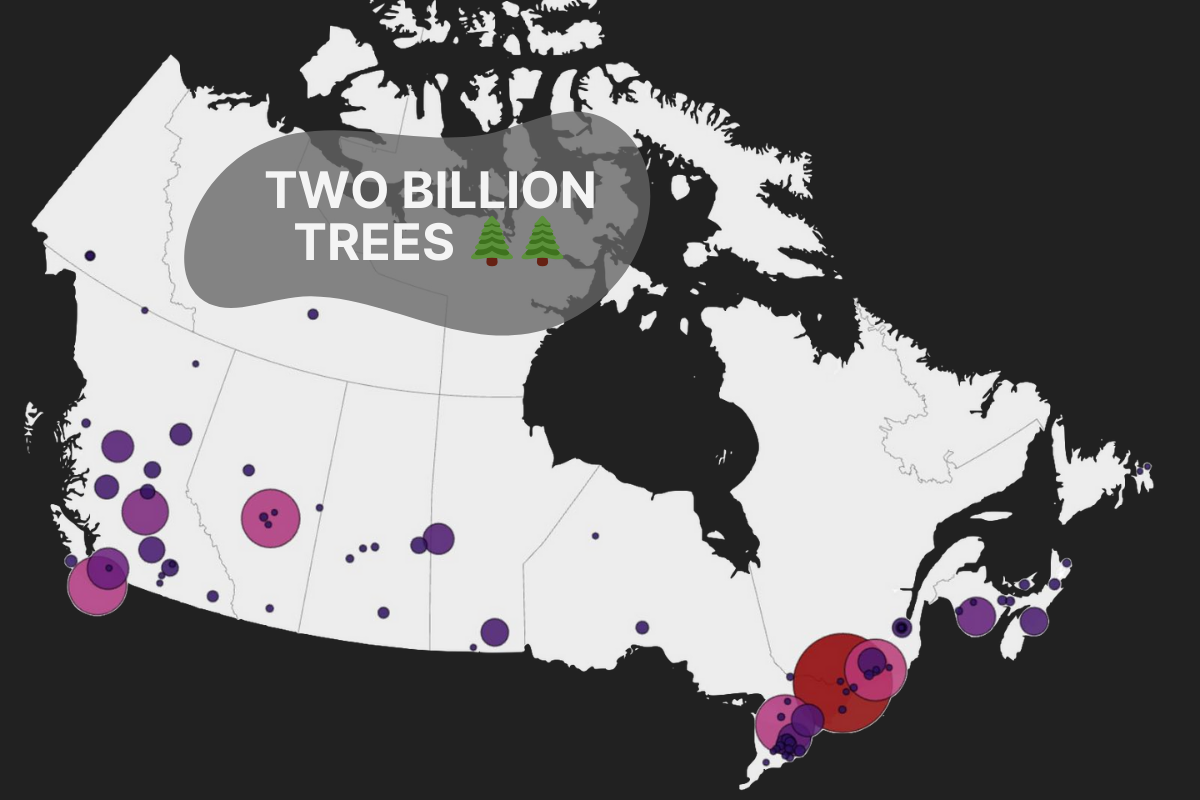
The 2BT Program: A Benchmark for Transparency
The Canadian federal Two Billion Trees (2BT) program stands out globally for its transparency among taxpayer-funded sustainability initiatives. On Open Canada, we can see the names and recipients of each project in terms of dollar value, including the length of the program.
By contrast, the UK’s various woodland creation grants offer little public information on recipients. Similarly, the public is not able to view the recipients of Australia's One Billion Tree grants or Brazil's reforestation program.
So firstly, we commend the 2BT team for setting a global benchmark in transparency by sharing granular financial data, unparalleled among government reforestation projects (other than New Zealand's MPI).
Transparency Matters
But being the massive tree-nerds we are, we are looking for more. We have very little public-facing info regarding numbers of trees planted in each of the individual programs, or exact locations of the planting.
Ireland's afforestation scheme provides detailed maps of planting locations, a level of transparency mirrored by decentralized platforms like Restor.Eco, explorer.land and Open Forest Protocol. These tools showcase how combining transparency with technology can deepen public engagement and improve accountability.
Randy Fournier, the CEO of PRT, recently laid out an action plan outlining what he thinks it will take for the 2BT program to accomplish its lofty goals—we've covered his testimony elsewhere. We say open transparency for this knowledge is required. The tree species, planting locations, timelines, costs, and the ongoing health of these forests are all matters of public concern.
Could you imagine the insights we'd gain from seeing our 50 years of back-breaking tree planting work available in charts and graphs? As far as we're concerned, we have nothing to lose and everything to gain, from knowing and understanding the cause and effect of public reforestation projects.
Removing Barriers to Innovation
Even at a glance, the existing reforestation data is insightful and surprising. It reveals things we didn't know or want but also huge opportunities to do better.
For example: if your organization is based in Ottawa you are 9.5 times more likely to be cashing 2BT cheques. Or if you live in a provincial capital 2.7 times more likely. Certainly there are administrative practicalities to consider, but 99% of the work will be done in northern rural areas, without a doubt.

The data also reveals great opportunity, if not obligation, to transfer a lot of the funding, and ideally control, of these projects to rural stakeholders who will not just do the work but maintain coexistence with their new forest acquaintances.
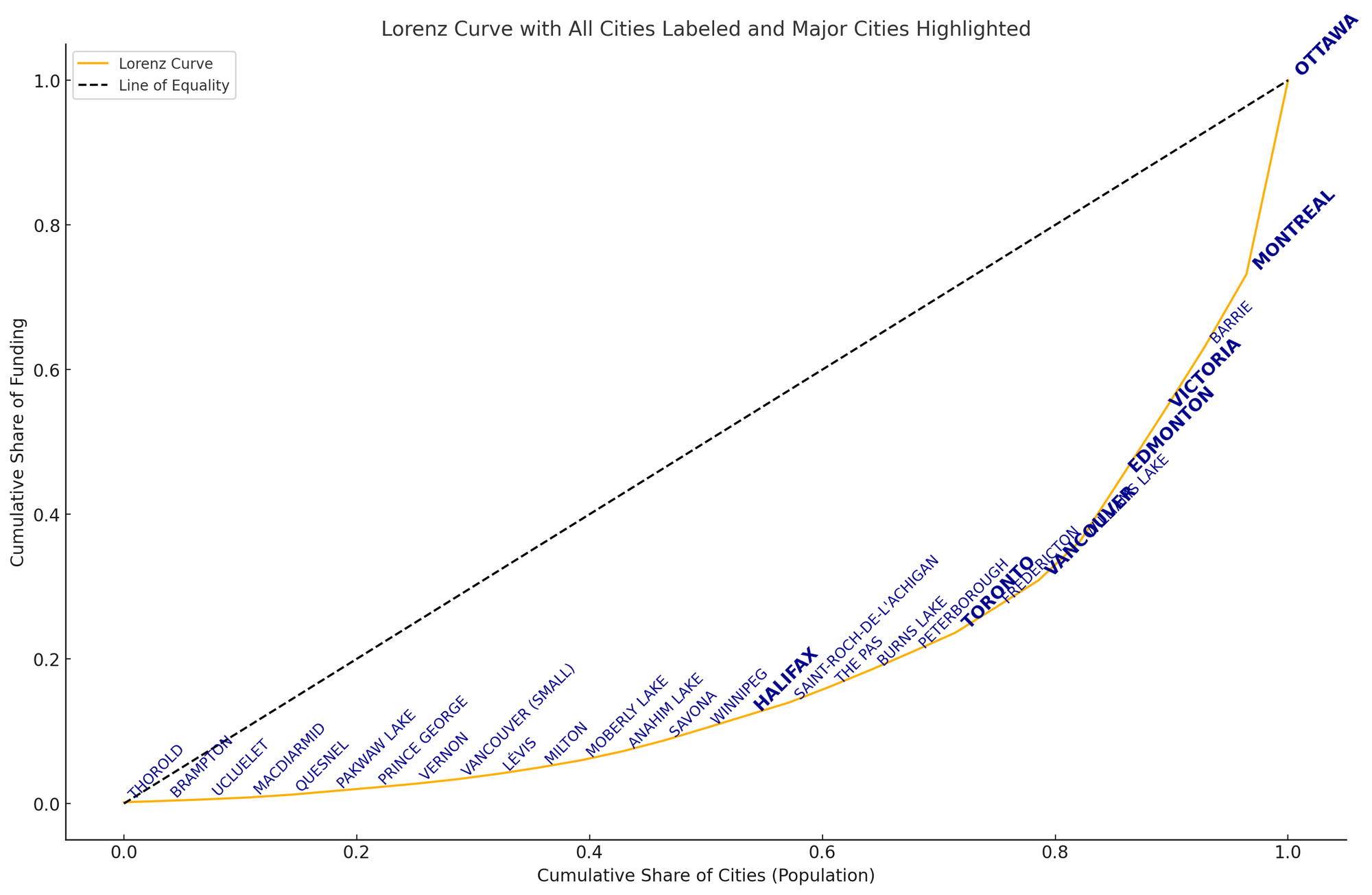
Growing up, in a very different political context, many of us heard the phrase: “The West wants in.” Today, it’s time to acknowledge that in the tree-growing and planting game, the North wants in. And furthermore: the new kids want in.
Without diluting rules or imposing expensive additional administrative burdens, public feedback strengthens the process, as it does in democracies and open-source software alike. Reforestation requires engagement with various stakeholders, landowners, nurseries, tree planters, First Nations, governments, and naturally the public who is both the sponsor and largest recipient of the project's benefit.
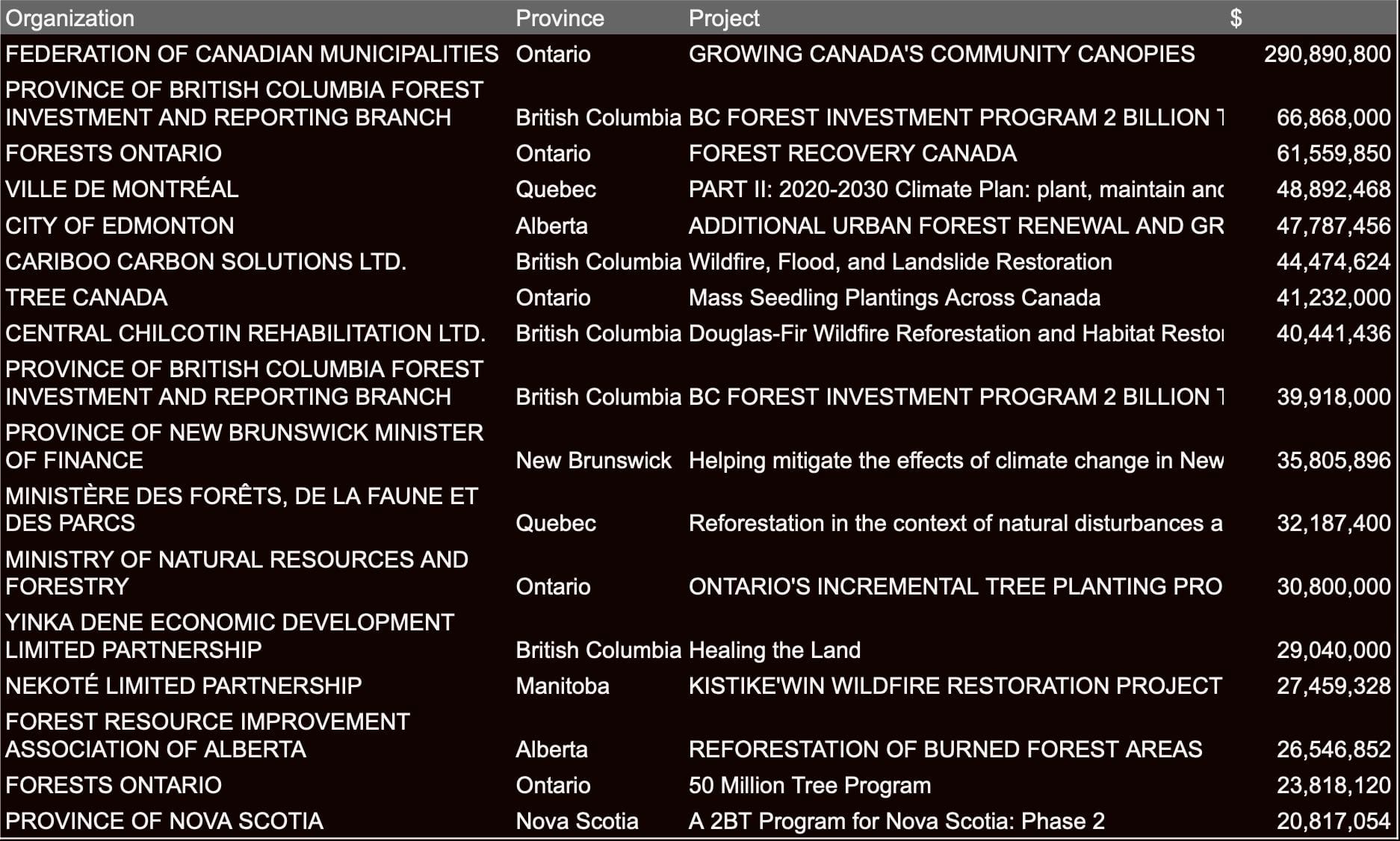
From an analytical perspective, we’re curious: who is planting the most trees, restoring the most land, or providing the greatest benefits to First Nations communities? The more numbers we have, the easier this will be to answer for academics, environmentalist and really, anyone else.
Canada’s Opportunity to Lead
It's worth noting that the level of reporting we suggest is a standard expectation for regeneration operations carried out by timber companies. There is no reason why it can't be for ESG planting. It doesn't have to entail lengthy and expensive custom reporting from taxpayers.
While it may be easy to critisize 2BT for it's slow start, or political agenda, but know that it is a high benchmark for transparency Canadian government reforestation. Together, with greater transparency we could account for every tree planted under this initiative and thier survival and success rates. Same as private industry has done for decades. It would be great to see the full extent of Canada's tree planting efforts come to light.
All data supporting these visualizations can be found on Open Canada.
Edited by Stewart Mior

This work is licensed under a
Creative Commons Attribution 4.0 International License.
